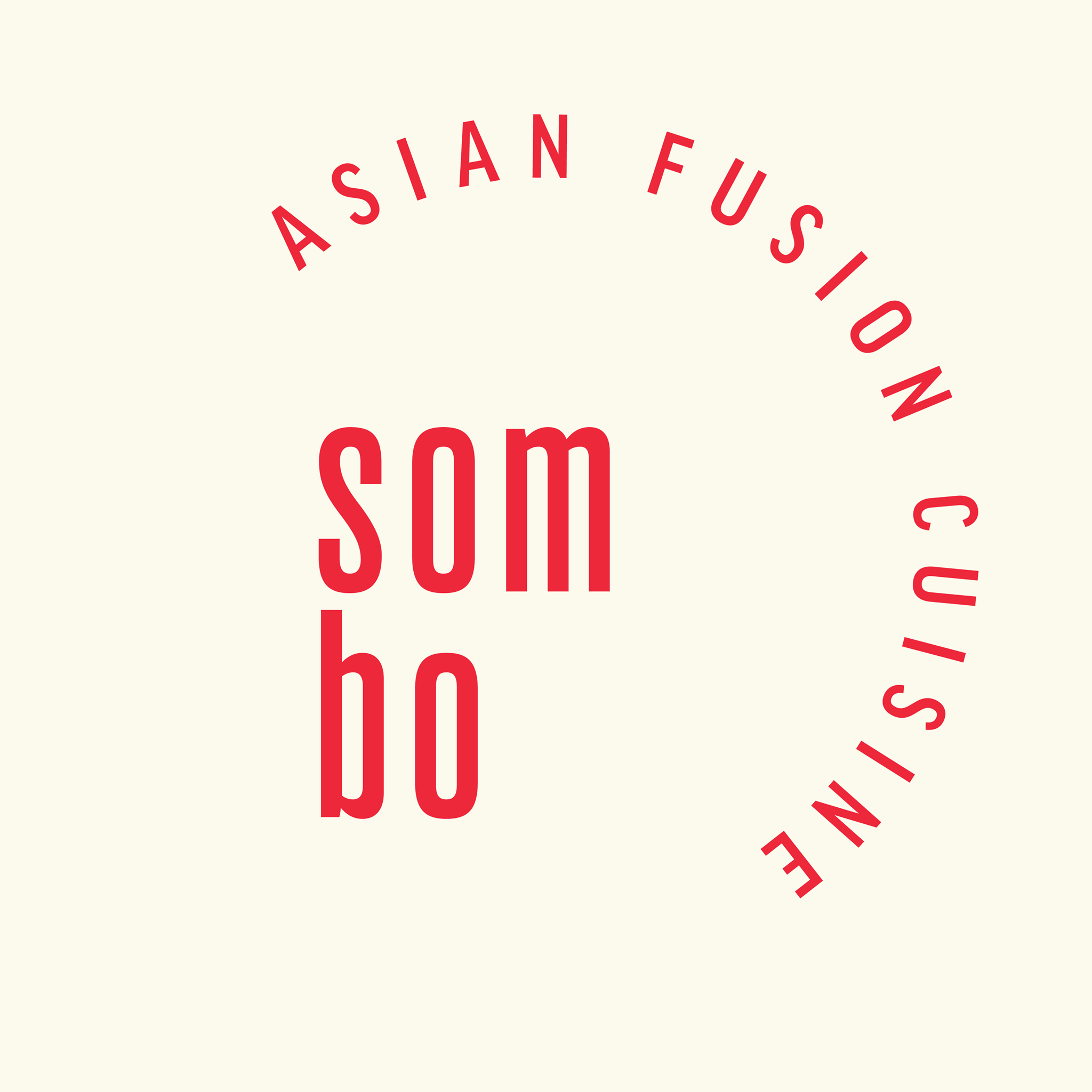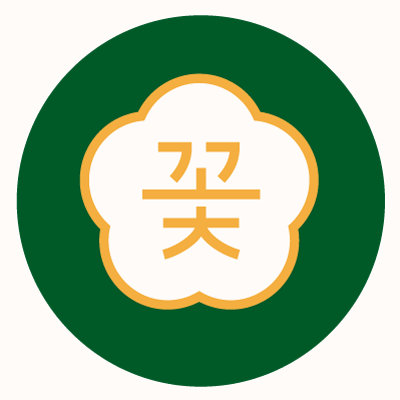franchia 
Korean Restaurants
- Address : 12 Park Ave (between 34th and 35th St)
New York, NY 10016
City : New York, NY - Phone : +1 212 213 1001
-
send us an email
info@franchia.com - www.franchia.com
- Visit our website

While all teas are derived from the same plant, the Camellia Sinensis, a shrub that yields two varieties of the tea plant: sinensis and assamica, slight differences in processing methods result in the tea varieties. Herbal teas, like peppermint or chamomile come from different plants, not the tea plant and thus, contain no real tea properties. Teas are grown primarily in China, India, Sri Lanka (formerly known as Ceylon) and Japan. Teas are highly dependent on the place they are grown because tea plants grow by absorbing the nutrients and energy from the soil of the terrain. Tea connoisseurs often refer to the energy as “chi” and spirit of the place, which produce good tea. Today, there are more than 3000 varieties of tea, each having its own distinct character and named for the district or region in which it is grown. However, over 95% of those 3000 varieties fall under one of the following three major categories of tea: Green Tea (unoxidized, unfermented), Oolong Tea (partially oxidized, fermented) and Black Tea (fully oxidized). Besides the processing method, an important characteristic that determines the quality of tea is whether the tea is wild (grows naturally without cultivation), cultivated or organically cultivated.
Cultivated teas are fertilized with chemicals and exposed to pesticides, while organically cultivated tea plants are free from pesticides and herbicides. Although every aspect of the organic cultivation is inspected for authenticity and certified by an independent agency, organically cultivated teas are still inferior to wild teas. Franchia’s Wild Green Tea is 100% natural green tea, which is ostensibly free from pesticides and herbicides and left virtually untouched, until it is ready to be picked by hand.
WHITE TIGER
Korean RestaurantsNew York, NY
E-mail : info@whitetiger.nyc
Website : www.whitetiger.nyc
TAKOREA BBQ
Korean RestaurantsNew York, NY
E-mail : info@takoreabbq.com
Website : www.takoreabbq.com
RICE KITCHEN SOHO
Korean RestaurantsNew York, NY
E-mail : info@ricekitchensoho.com
Website : www.ricekitchensoho.com
MR MISTA OH NYC
Korean RestaurantsNew York, NY
E-mail : mistaohnyc@gmail.com
Website : www.mistaohnyc.com
MISS KOREA BBQ
Korean RestaurantsNew York, NY
E-mail : info@missKOREABBQ.com
Website : www.misskoreabbq.com
LITTLE DOKEBI
Korean RestaurantsNew York, NY
E-mail : littledokebi@gmail.com
Website : www.littledokebi.com
KOKO WINGS NY
Korean RestaurantsNew York, NY
E-mail : kokowingsny@gmail.com
Website : www.kokowingsnyc.com
KIMCHI TACO TRUCK & KIMCHI GRILL
Korean RestaurantsNew York, NY
E-mail : Info@KimchiTacoTruck.com
Website : www.kimchigrill.com
JEJU NOODLE BAR
Korean RestaurantsNew York, NY
E-mail : info@jejunoodlebar.com
Website : www.jejunoodlebar.com
HYO DONG GAK NYC
Korean RestaurantsNew York, NY
E-mail : hyodonggaknyc@gmail.com
Website : www.hyodonggak.com
HERNAMEISHAN
Korean RestaurantsNew York, NY
E-mail : hernameishan@handhospitality.com
Website : www.hernameishan.com
HANGAWI RESTAURANT
Korean RestaurantsNew York, NY
E-mail : info@hangawirestaurant.com
Website : www.hangawirestaurant.com
HANDSOME RICE NYC
Korean RestaurantsNew York, NY
E-mail : handsomericenyc@gmail.com
Website : www.handsomerice.com
MEMPHIS SEOUL
Korean RestaurantsNew York, NY
E-mail : info@getmemphisseoul.com
Website : www.getmemphisseoul.com
GAONNURINYC
Korean RestaurantsNew York, NY
E-mail : info@gaonnurinyc.com
Website : www.gaonnurinyc.com
DO HWA NYC RESTAURANT
Korean RestaurantsNew York, NY
E-mail : dohwanycrestaurant@gmail.com
Website : www.dohwanyc.com
CHIKARASHI
Korean RestaurantsNew York, NY
E-mail : info@chikarashi.com
Website : www.chikarashi.com
BARN JOO NOMAD
Korean RestaurantsNew York, NY
E-mail : info@barnjoonomad.com
Website : www.barnjoonomad.com
ANYTIME NYC
Korean RestaurantsNew York, NY
E-mail : info@anytimenyc.com
Website : www.anytimenyc.com
BB.Q CHICKEN NYC K-TOWN
Korean RestaurantsNew York, NY
E-mail : gm@bbqktown.com
Website : bbdotqchicken1.github.io












































Contact : franchia
Fields marked with a star (*) are mandatory!